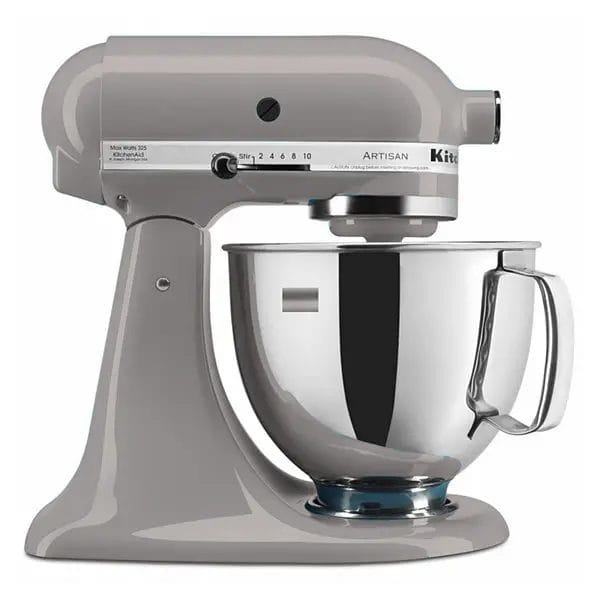Stand mixers have become an indispensable piece of kitchen equipment for baking enthusiasts and those looking to conserve their arm strength when it comes to manual mixing. These mighty machines offer the advantages of power, efficiency, less mess, and limit the risk of over-mixing. But with the vast array of options available, one key factor to consider is the power type – Alternating Current (AC) or Direct Current (DC)?
AC vs DC: Decoding the Terms
The terms AC and DC refer to how the motor of your stand mixer is powered. An AC motor is powered by an alternating current, meaning the voltage fluctuates, and the energy generated isn’t steady. On the other hand, a DC motor is powered by a direct current, resulting in constant and steady energy.
In the United States, for instance, power outlets are typically AC, and using DC equipment might require an adapter. However, DC stand mixers come with built-in converters, eliminating the need for any additional equipment.
Power and Torque: AC vs DC Stand Mixers
Torque, the twisting force that causes rotation or movement, is a key characteristic of your stand mixer. DC stand mixers generally surpass their AC counterparts in terms of power and torque, leading to exceptional mixing capabilities.
DC stand mixers offer:
- Controlled Torque and Speed: You get a consistent and steady mixing speed.
- Power Consistency: Energy is delivered evenly throughout.
- Lower Wattage Requirements: DC motors require less power to operate.
- Energy Efficiency: They consume less energy compared to AC mixers.
- Quiet Operation: DC mixers tend to run more quietly.
On the other hand, AC stand mixers require more energy, may have inconsistent speed, and can become bogged down over time or with stiffer doughs. They also tend to operate at a louder volume. For instance, comparing the KitchenAid 6500 (DC) and KitchenAid 600 (AC), the DC model offers 1.3 hp, significantly more powerful than the 600’s 575 watts.
Price Comparison: AC vs DC
Given their higher power capabilities and strength, DC stand mixers typically come with a heftier price tag compared to their AC counterparts.
Frequency of Use: AC or DC?
The frequency of your baking or mixing activities should play a crucial role in your choice. DC stand mixers, with their increased power, are perfect for frequent or professional bakers. However, if your baking adventures are less frequent, an AC stand mixer should serve you adequately.
Summing Up AC and DC Stand Mixers
Investing in a stand mixer is an excellent decision, irrespective of your baking frequency. However, the type of mixer you opt for should align with your baking needs.
DC Stand Mixers offer power, consistency, and efficiency but bear these cons:
- Higher Price
- Larger Size and Heavier Weight
- Higher Starting Energy Requirement
On the contrary, AC Stand Mixers are lighter and ideal for both mild and heavy use. However, they may struggle with firm dough and constant use.
To sum up, for casual baking, an AC mixer will serve your needs perfectly. But, if you’re looking for a workhorse to handle an extensive array of baking projects, a DC mixer might be worth the investment.
Frequently Asked Questions (FAQs)
The difference lies in the way their motors are powered. AC stand mixers are powered by an alternating current, meaning the voltage fluctuates, and the energy generated isn’t steady. On the other hand, DC stand mixers are powered by a direct current, resulting in constant and steady energy.
Generally, DC stand mixers offer more power and torque compared to AC stand mixers. This means they can handle stiffer doughs and heavier workloads more effectively.
Yes, DC stand mixers typically come with a higher price tag than AC stand mixers. This is due to their higher power capabilities and strength.
If you’re a casual baker or use your mixer infrequently, an AC stand mixer should serve you well. However, if you bake frequently or professionally, a DC mixer might be the better investment due to its greater power and efficiency.
No, DC stand mixers usually come with built-in converters that convert the AC power from your home outlets to DC. So, there’s no need for any additional equipment.
Yes, one of the advantages of DC stand mixers is that they tend to operate more quietly compared to AC stand mixers.

